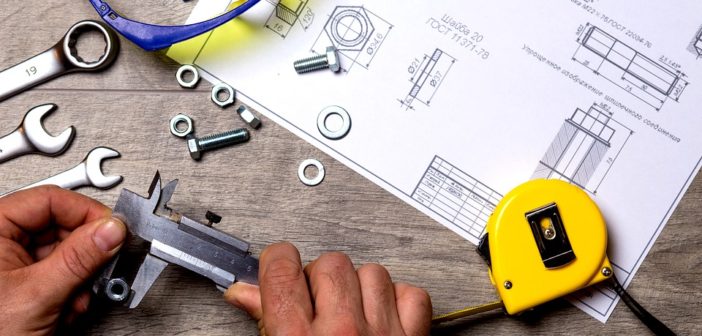Unless one has several years of machining experience, it is difficult to realize the importance of precision measurement tools. For those new to the world of manufacturing, the actual purpose (and sometimes even simply the sheer variety) of measurement tools can be confusing and even overwhelming. Here are six things to know about precision measurement tools.
They Can Be Delicate
Despite being made of metal, precision measurement tools can be very delicate and easily damaged or caused to be out of calibration. Rough handling and accidental drops can damage the measuring surfaces and even ruin the internal mechanisms. Sometimes it will result in a gauge that is broken beyond repair and must be replaced. Precision measurement tools are very expensive and can cost from a few hundred dollars to several thousand dollars.
They Must Be Properly Maintained
Manufacturing facilities use a wide variety of coolants and solvents, as well as produce chips and other waste materials during the manufacturing process. Precision measurement tools are ever-present and they are easily exposed to the entire machining environment. Many times these measurement tools end up with oil, water, chips and other debris inside. Debris is easily caught up in micrometer threads and can quickly destroy gears and other internal mechanisms of any measurement tools which have a dial, such as dial calipers or dial indicators. Chips or other waste products can also become permanently stuck to the thread flanks of thread gages, resulting in the gage being rendered unfit for further use. Always make sure to thoroughly clean both the measurement tool and the component to be measured before performing any inspection on the component.
Measurement Tool Calibration
Every measurement tool must be calibrated before it can be allowed to be used in production or inspection. Many of these gages are calibrated in-house; many others are calibrated by outside facilities that specialize in this work. Gage blocks, laser gaging and thread set plug gages are some of the types of measurement tools that are usually calibrated by third parties.
Gage R&R Studies
At times, it is necessary to perform a measurement study on certain gages. These studies are generally required by clients who have also requested additional quality assurance and quality control to be performed on a certain component or set of components. The measurement study, called a gage reproducibility and repeatability study (or gage R&R) is one method of proving that the measurement tools used to produce that particular component (or components) is capable of the accurate and precise measurements necessary to ensure the standard of quality that the client requires. Even new production employees may be asked to participate in a gage R&R study, especially if they are not familiar with the component being studied – this ensures less bias and thus more objectivity for the study.
Several Variations Exist
A typical manufacturing facility will have a variety of the same type of gage available for checking production parts. For instance, the micrometer family will include a few sizes of standard micrometers as well as blade micrometers, disc micrometers and pitch (or screw thread) micrometers. There will also be several types of either dial or digital indicators. The manufacturer may also have many different sizes of thread ring and / or thread plug gages.
Different Features, Different Gages
Manufacturing facilities also try to provide their production employees with an inspection plan which lists the gages that are to be used to check the features on the particular components manufactured. This plan is usually a list of the dimensions with a corresponding gage that is to be used for the inspection of the component. Depending on the complexity of the component, the number of different gages used can range from a single micrometer to several different gages.




